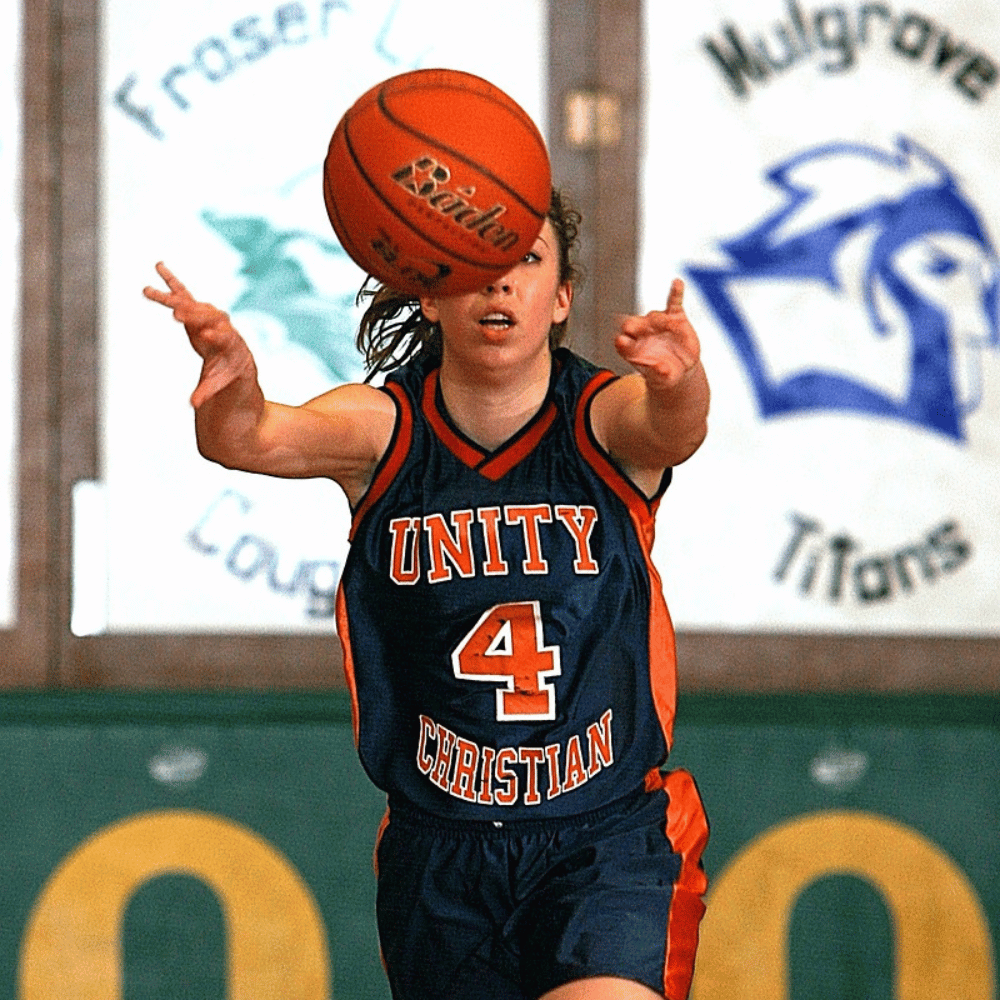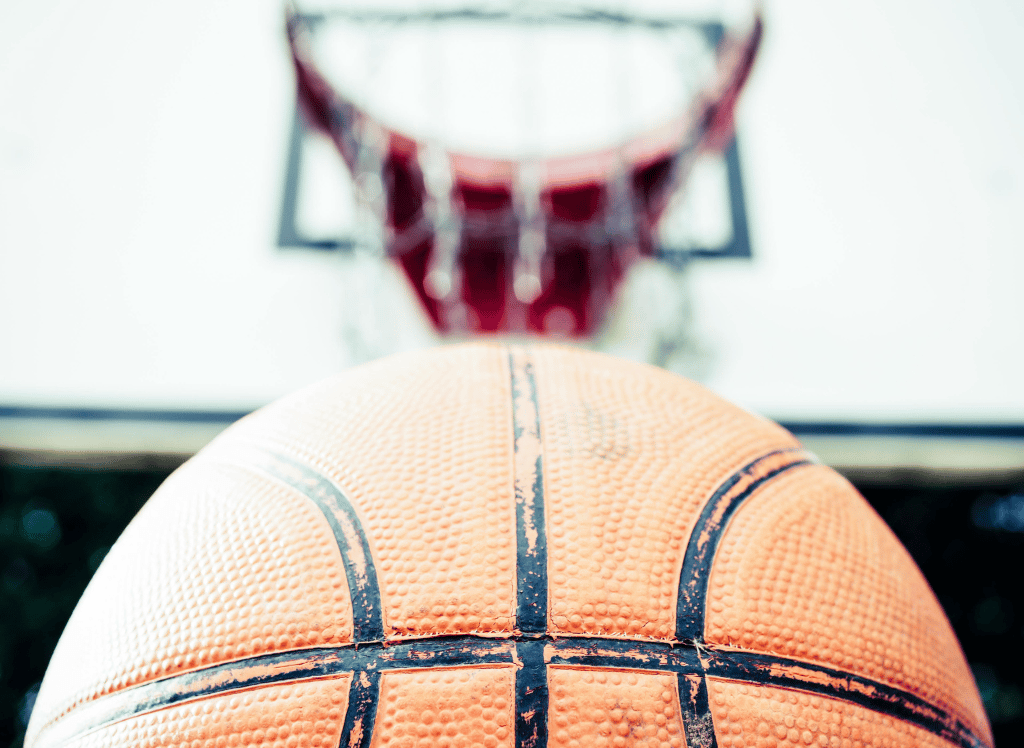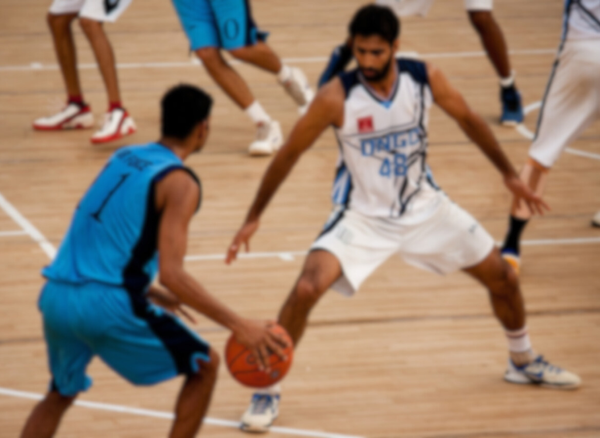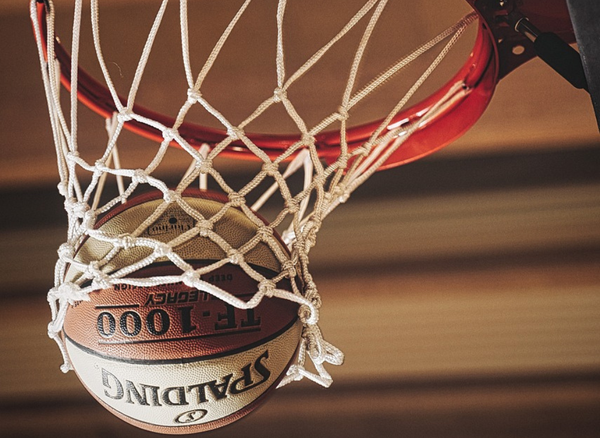Basketball is a game of precision, agility, and teamwork. One of the most critical skills that can make or break a game is passing. Effective passing can control the pace of the game, create scoring opportunities, and disrupt the defense. To help players enhance their passing abilities, basketball passing drills are essential. In this guide, we'll explore various drills that can improve different passing techniques.
Warm Up Drills
Before diving into complex basketball drills, it's crucial to start with warm up drills. These exercises prepare the muscles for more strenuous activity and help players focus on their passing fundamentals. A simple yet effective warm up drill is the "chest pass warm up," where two players stand a short distance apart and pass the ball back and forth, gradually increasing the distance.
Another warm up exercise involves players forming a circle and passing the ball to the next player with one hand passes. This drill works on the players' ability to catch and release the ball quickly, enhancing their peripheral vision and reaction time.
Bounce Passes
A great drill for practicing bounce passes is the "two-player bounce pass drill." In this exercise, two players stand on opposite sides of the three point line and pass the ball to each other using a bounce pass. The goal is to make the ball bounce once before reaching the partner, focusing on the passing angle and force.
For younger players, the "bronze passing drill" can be a fun way to practice bounce passes. In this game, players earn points for each successful pass, and as players progress, they can move further apart to increase the difficulty.
Chest Passes
Chest passes are quick and direct, making them ideal for fast break situations. To practice chest passes, the "full court chest pass drill" is highly effective. Players pair up and pass the ball back and forth as they move down the court. This drill emphasizes the importance of accuracy and timing, as a bad pass can easily lead to a turnover.

Another drill, the "post player chest pass," focuses on passing to a post player. A wing player passes the ball to a post player who is guarded by a post defender. The drill teaches players to find the right passing angle to avoid interceptions.
Skip Passes
Skip passes are long passes that go over the heads of defenders, usually from one side of the court to the other. The "cross-court skip pass drill" involves two players standing on opposite baselines. One player throws a skip pass to the other, who catches it and immediately returns the pass. This drill helps players work on the strength and accuracy of their long passes.
For a more dynamic version, the "moving skip pass drill" has players pass the ball to a moving target. As the receiver runs along the three point line, the passer must time the skip pass so that it reaches the receiver in stride.
Overhead Passes
Overhead passes are crucial when facing tall defenders. The "two passers overhead drill" involves two players, one as the passer and the other as the receiver. The passer throws an overhead pass to the receiver, who is moving towards the basket. This drill teaches players to use the overhead pass to get the ball over defenders and into the hands of their teammates.
In the "fast break overhead pass drill," players practice using overhead passes during a fast break situation. The drill simulates a game scenario where quick and accurate overhead passes are needed to beat the defense.
One Hand Passes
One hand passes offer a quick and deceptive way to move the ball. The "one hand pass on the move drill" has players dribble towards the basket and then make a one hand pass to a teammate cutting to the basket. This drill works on the players' ability to pass accurately with one hand while in motion.
Another variation is the "one hand pass fake drill," where players use pass fakes to misdirect the defender before making a one hand pass to the open player. This drill improves players' ability to create passing lanes and deceive defenders.
Passing Drills for Young Players
For young kids just learning the game, simple and fun drills are key. The "middle player passing drill" involves three players, with the middle player acting as a defender. The two outside players must pass the ball back and forth without the middle player intercepting it. This drill teaches young players to pass the ball quickly and accurately.
The "one ball, two lines drill" is another excellent exercise for young players. Two lines of players face each other across the half court. The first player in one line passes the ball to the first player in the opposite line and then runs to the back of that line. The receiving player then does the same. This drill helps young players learn to pass and move without the ball.
Advanced Passing Drills
For more experienced players, advanced drills can sharpen their skills. The "three man weave" is a classic drill that involves three players passing the ball back and forth while moving down the court. This drill improves passing and catching on the move and teaches players to anticipate their teammates' movements.
The "pass and replace drill" is another advanced exercise. Players form two lines at the baseline, with the first player in one line passing to the second player in the other line and then running to the opposite baseline. The receiving player then passes to the next player in the first line and follows their pass. This drill works on timing, spacing, and the ability to read the defense.
FAQ Section
We hope you can browse through our Frequently Asked Questions section to learn more and help elevate your team's passing game.
What is the importance of basketball passing drills?
Passing drills are crucial for improving a player's passing accuracy, timing, and ability to read the game. They also help build teamwork and communication on the court.
Can these drills be used for players of all ages?
Yes, there are drills suitable for all skill levels, from young kids learning the basics to advanced players looking to refine their skills.
How often should a team practice passing drills?
Teams should incorporate passing drills into their regular practice sessions. Consistent practice is key to developing and maintaining strong passing skills.
What equipment do I need for these drills?
The most essential equipment for any drill is proper footwear and clothing. This includes a supportive pair of basketball shoes, comfortable clothes.
How often should I incorporate passing drills into my practice routine?
Incorporating passing drills into your practice routine is crucial for honing your skills and maintaining consistency in your gameplay. I recommend incorporating at least 15-20 minutes of passing drills into every practice session, with a mix of short, medium, and long passes to work on all aspects of your technique. Remember, repetition is key in mastering any skill, so make sure to consistently incorporate passing drills into your practice routine.
Are there any specific passing drills for different positions on the court?
Yes, there are specific passing drills for different positions on the court. For guards, ball handling drills such as dribbling through cones and practicing different passes like chest passes and bounce passes are important. For forwards and centers, focus on entry passes into the post and outlet passes from rebounds can greatly improve passing skills. Overall, it's important for every player to practice passing fundamentals regularly to enhance their overall game play.
Can these drills be modified for different skill levels?
Absolutely, drills can and should be modified for different skill levels in order to maximize their effectiveness. It's important to adapt drills to meet the needs and abilities of each individual, whether they are a beginner or advanced athlete. By making necessary modifications, athletes can improve at their own pace and reach their full potential.
Summary
Basketball passing drills are essential for developing a player's ability to move the ball effectively and work as part of a team. From warm up drills to advanced exercises, there's a drill for every skill level. By practicing different types of passes and scenarios, players can improve their passing accuracy, timing, and decision-making, ultimately enhancing their overall game performance.









